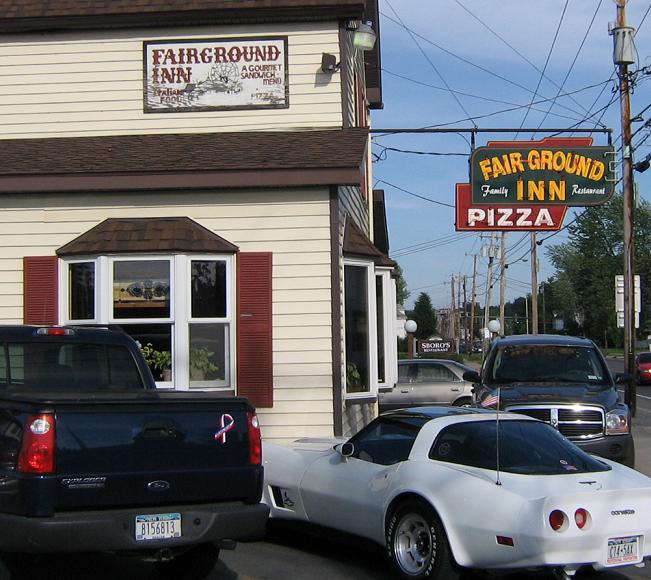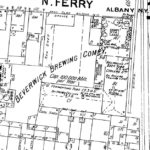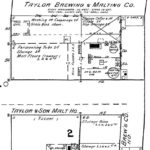 Not only do I like a good atlas, I believe deeply in the graphic presentation of data. Mapping, graphs, tables, photos and flow charts. These are the things that provide instruction, organize and contextualize. Text is so over valued, isn’t it? Anyway, suffice it to say that the WAo’B is lush, well organized and current as well as an excellent source of beer porn. The sort of book that proves its value. In fact, unlike all those other guys, I actually bought my copy at an extremely generous discount – one that does makes one wonder who in fact pays full retail any more – and I am very glad I did.
Not only do I like a good atlas, I believe deeply in the graphic presentation of data. Mapping, graphs, tables, photos and flow charts. These are the things that provide instruction, organize and contextualize. Text is so over valued, isn’t it? Anyway, suffice it to say that the WAo’B is lush, well organized and current as well as an excellent source of beer porn. The sort of book that proves its value. In fact, unlike all those other guys, I actually bought my copy at an extremely generous discount – one that does makes one wonder who in fact pays full retail any more – and I am very glad I did.
The book has received some pretty ripe cheese so far. ATJ needed a private moment. And, while it is virtually identical in page number and physical size to Jackson’s World Guide to Beer, the function of this book function is quite different. Don’t be fooled by the gullible. Thirty-five years ago the WG2B was a comprehensive gazetteer to the beers of the global beer scene. It dipped into beer culture on the one hand and, on the other, described and classified now uninteresting macro industrial lagers with impressive detail. Not only does it predate the idea of “craft” it does not concern itself particularly with “good” preferring instead to aim for “all” – which is fine… for its day. A whole page is devoted, for example, to an ad for Bud. Fabulous.
The WAo’2, by comparison, takes sides. Which is good. Better. Or at least better suited for today’s wealth of information. Sure, half a page of text is dedicated to what are called “convenience beers” but, really, they are popular beers that need acknowledgement but need not receive further comment. What we get instead is information about the best the world has to offer. And lots of information. After the obligatory introductory sections on the nature of beer that we seem to need in every beer book put out these days, we have 200 pages dedicated to regions and regions within regions of beer. Each gets its own map, summary of the current situation, topical photos as well as a selection of brief reviews of top brews one can find now.
Quibbles? I have heard there ought to be more text and that might be true. A book like this, however, could easily be expanded to twice or even ten times its size… if there were a market for that. But there isn’t because that is what the internet has provided for a couple of decades. The WAo’B, like other better beer books these days, are more about a comprehensive argument or an description of a method of approaching the subject. To date, anything more comprehensive has failed. For me, I would have been more adventurous with the mapping. A map showing the medieval spread of hops perhaps? Beery trade routes of the 1800s perhaps? You get a bit of this with, for example, the brewery density map of France on page 129 or, say, the map of Canada on page 207 that sets out, among many things, which areas have the strongest Belgian influence – though it is not clear to me why Vancouver is particularly weak in this respect. But that’s me, isn’t it. How many times I have gone on about the deficiency in pie charting in non-fiction these days?Buy this book. But just don’t pretend anyone is walking the steps of giants. And please don’t dwell on who is Monet and who is Reubens. Get out your coloured pencils and annotate the damn thing. Mark it up. Layer it with your own findings, prejudices and fantasies. It’s just a big book of maps, you know. Think of a text that a dream but imaginary compulsory grade 12 classes should be based upon. OK, maybe introductory undergrad. Or a field guide perhaps to the best beers of today. Sure. That’s it. So, get it and let it guide you out into those fields, wouldja?








